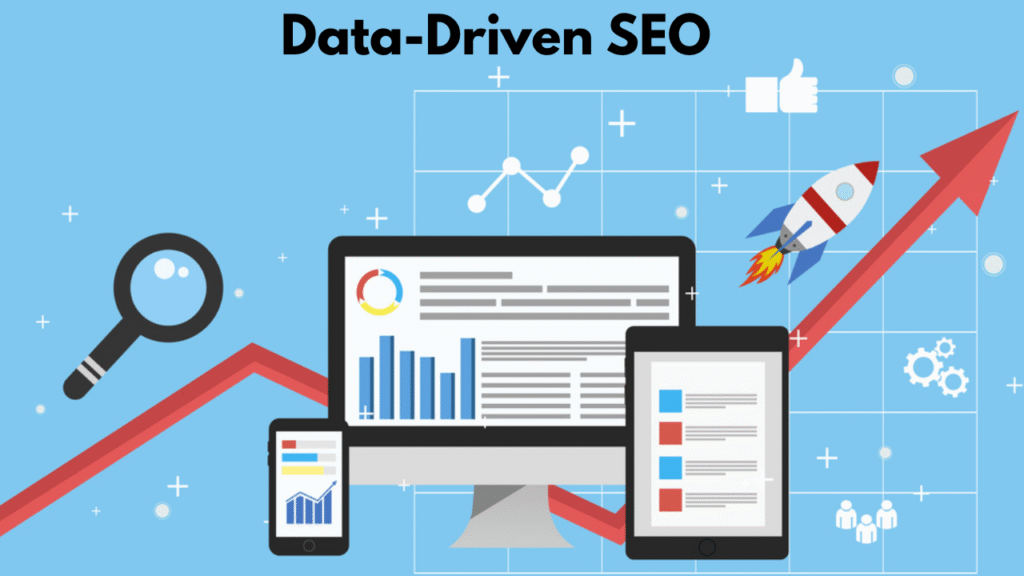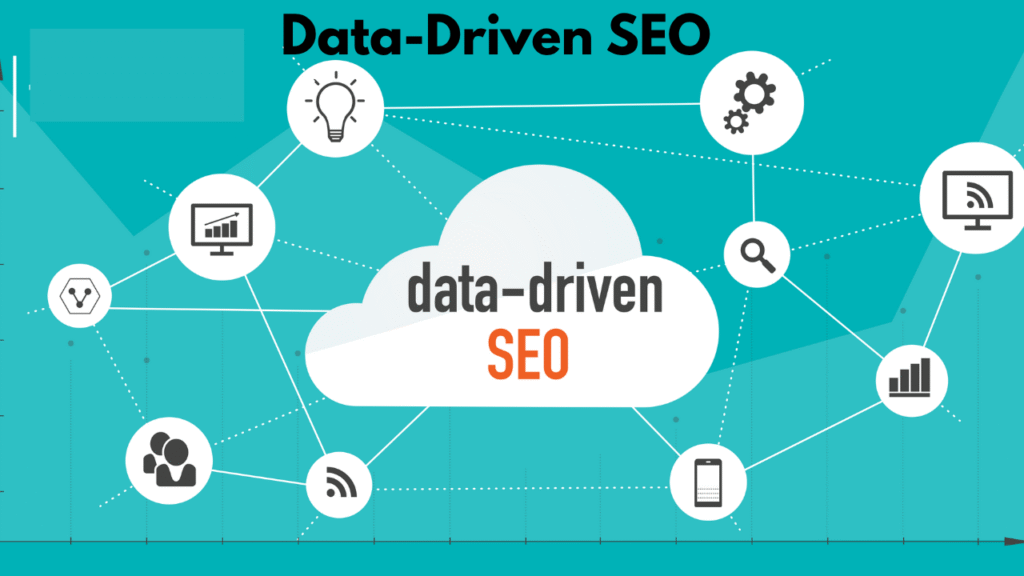If you’ve ever felt like Data-Driven SEO is just throwing content into the void and hoping Google rewards you, you’re not alone. But here’s the thing SEO doesn’t have to be a guessing game. In fact, intelligent marketing specialists today leave the chiefs. Welcome to the world of referencing controlled by data, where decisions are supported by figures, not only by intestinal feeling.
How do you use analyzes to really develop? Let it break it.
What is controlled data referencing anyway? Imagine referencing controlled by Data-Driven SEO as a GPS for your website strategy. Instead of producing blind blogs or optimizing Meta tags, use real data such as traffic trends, rebound rates and keyword rankings to find out what works and does not work.
This is the difference between a dark room and the reversal of the lighting switch.
Why are the data so crucial for referencing today?
The search engines have become smarter. Algorithms are now coordinated with user behavior, intention and relevance of content. This means that your SEO strategy must be intelligent.
Using Data-Driven SEO, you can:
Identify powerful content
Find out what users really look
Look
Present technical referencing problems
Optimize conversions
In short, the data transform referencing into a scientific project, without artistic project.
Start with the right tools in your arsenal
Let’s talk about tools before diving. You do not need an army of platforms, but some important are not negotiable:
Google Analytics (GA4): for user behavior, traffic sources and commitment. Google research console: For keywords, impressions and candle problems.
SEMRUSH / AHREFS: For competitive knowledge and backlink Data-Driven SEO.
Screaming Frog: For deep site audits.
Hotjar / Microsoft Clarity: For heatmaps and session recordings.
These tools are your digital microscope they let you see what’s really going on beneath the surface.

Track What Matters (Not Just Everything)
Data-Driven SEO overload is real. Not only to collect songs for this. Focus on these important SEO statistics:
Biological traffic
Keywords
Click on the tariffs (CTR)
Percentage of rebound
Time
Pages per session
Conversion rate of organic research
These KPI help you measure growth and modify what should be solved.
Find out which keywords actually guide traffic
Maybe optimize for the “best leather jackets”, but what happens if most of your traffic comes from “leather jackets at affordable prices”? This is a huge opportunity.
Use Google Search Console to see real questions that users lead to your site. Then double down on those keywords in your content.
Remember, intent trumps volume. It’s better to rank #1 for a long-tail keyword that converts than #10 for a broad one that doesn’t.
Audit Your Content Like a Pro
Your website is like a garden some plants (pages) bloom beautifully, others wither. A content audit helps you figure out:
Which pages are ranking well?
Which ones get ignored by Google?
Use data to guide your content decisions: update outdated stats, improve readability, or combine thin content into a stronger page.
Analyze the user’s behavior to improve involvement
Have you ever wondered why people leave your blog after 10 seconds? The analysis can tell you.
Tools like Ga4 and Heat Maps can show:
Where users fall
Which buttons click
How far they go
If you think that a popular page has a high but low stay time, your introduction may not be fascinating or your CTAs are buried. Amendment. Test. Improve.
Use A / B tests for SEO optimizations
Do not just assume that a new day of title will work. With platforms such as Google Optimize (or alternatives), you can perform A / B tests:
Side title
Meta-descriptions
Content provision
Bring the stem areas
The data controlled by data is to make changes based on evidence, not on hypotheses.
Study the competition (then exceed)
The analysis of the competition does not consist in copying learning.
Use tools like Ahrefs or Semrush to find:
For what keywords are your competitors for keywords?
Your higher performance pages
Who binds with them?
Then make a better and useful content and win these rankings yourself. Transform data into implemented referencing strategies
Data collection is one thing. If you use it carefully, magic occurs.
Suppose your data show that users leave their price page quickly.
What are you doing?
Improve your copy? Add trusted badge?
Record testimonials?
Each Data-Driven SEO point must generate a question and therefore a verifiable solution.
Continues to monitor and remain agile
SEO is not a single project. It is an evolving puzzle. Check your analysis regularly:
Weekly for traffic and ranking
Monthly for a deeper behavioral analysis
Quarterly for great image audits
Stay flexible. Algorithms change. Changes in user behavior. But with the data on your side, stay in front of the curve.
Read More: Off-Page SEO Strategies to Build Authority in 2025
Conclusion
In today’s digital jungle, SEO concerns less to scream the void and more on listening to what the data tell you. When you go Data-Driven SEO, you move from reactive to proactive. You stop wasting time on tactics that don’t work. And you start doubling down on what does.
So next time you’re planning your content or tweaking your site, ask yourself what does the data sa

